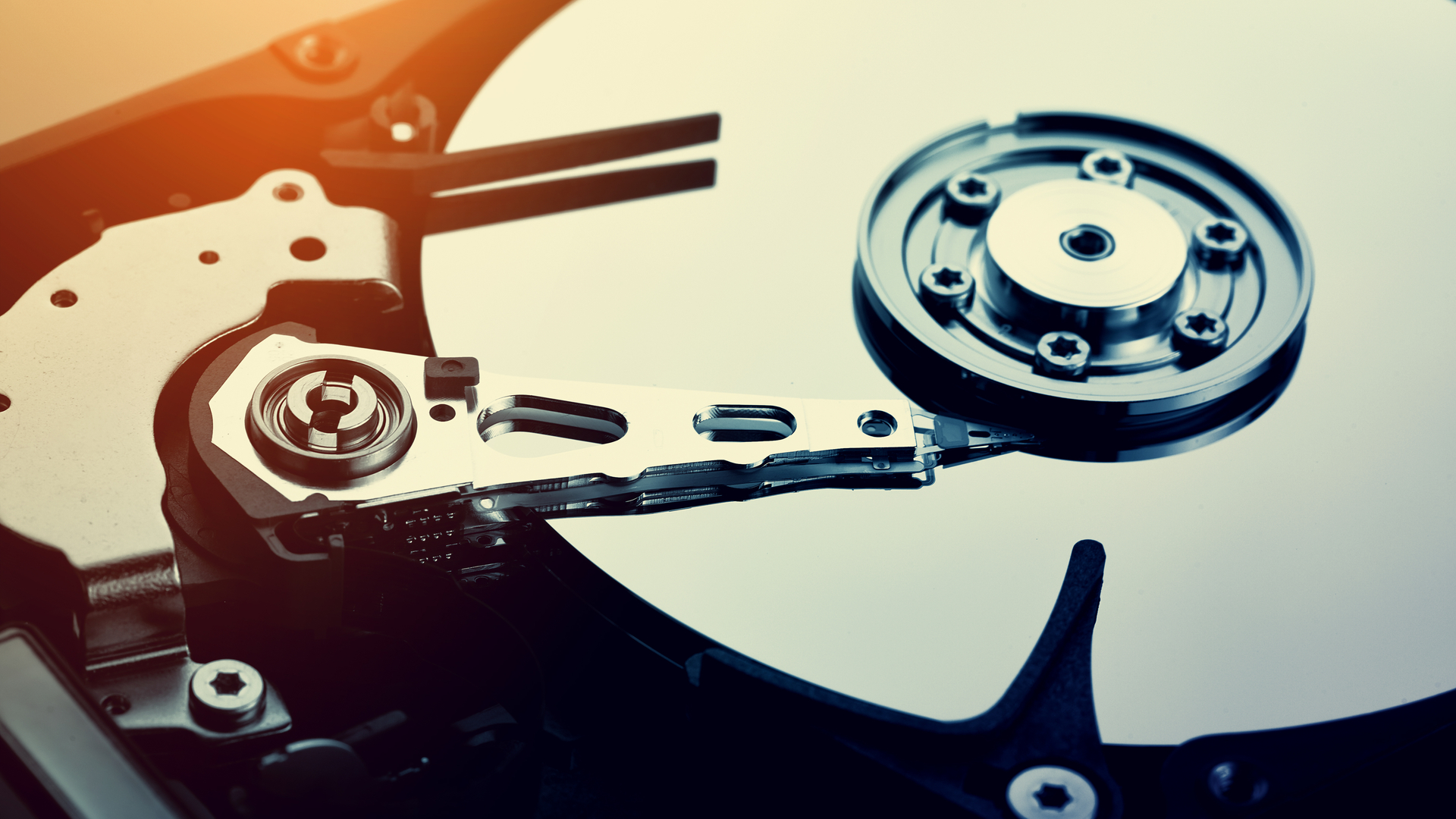How data recovery software works
Find out how data recovery software works to protect your business.

Sudden data loss is a stressful situation for any business and can strike at the most inconvenient of times. Data loss on local drives has always been an issue, and accidental deletion or disk reformatting remain two of the leading causes for this. However, as businesses conduct more of their business activities in networked spaces, more points of vulnerability have emerged.
Today, many services exist to help businesses recover corrupted or accidentally deleted files. While no service can promise 100% data recovery, the situation is not as hopeless as it would have been in the past, as data recovery technology is rapidly advancing.
This article explains how data recovery software works and the different types of data loss that file recovery software can assist with—understanding how these programs work will help organizations choose the best data recovery software in 2020.
The different types of data loss
As we’ll see, data can be corrupted or lost for several reasons. These include 1) software or hardware failure, sometimes sudden and unexplained, 2) user errors such as accidental deletion, and 3) attacks by hackers, viruses, malware, and ransomware.
Power outages (or power surges) are one of the most common reasons for a sudden corruption of data or the failure of backup hard drives, and are most often caused by violent storms.
Disconnecting USB disks or portable hard drives without first ejecting them can also lead to logical damage and is one of the most common causes of data loss. While most people have been warned about this, you’d be amazed how many still do it.
File system (re)formatting is also a frequent cause of corrupted data. User error or software failures can lead to empty file system structures or reformatted and inaccessible data.
Are you a pro? Subscribe to our newsletter
Sign up to the TechRadar Pro newsletter to get all the top news, opinion, features and guidance your business needs to succeed!
Accidental deletion is perhaps the most common cause of unexpected data loss. Fortunately, it is usually possible to recover such data using data recovery software, depending on the operating system of the device in question.
Cyberattacks are another common cause of data loss. Whether due to a virus or malware, or a hacker gaining unauthorized access to a device, cyberattacks can result in corrupted or missing data. Depending on the extent of corruption to data, file recovery software can normally help recover at least some of the lost data.
However, data recovery software cannot usually recover data lost due to hardware failure or damage. Business leaders or IT managers should instead take damaged hardware to data recovery specialists.
How data recovery software finds and repairs lost data
How a data recovery program attempts to recover or repair your data depends on what caused the data loss, and how badly corrupted the files are.
The good news is that in most cases, there is always some data that can be recovered, and 100% data loss is uncommon. The exceptions to that rule are unsaved documents or overwritten data. In these cases, you are unlikely to see your data ever again, and businesses should be wary of any file recovery software that promises to recover such data.
Minimizing data losses
Before turning to data recovery software, there are a few important things you can do to increase the chances of successfully recovering data.
The most crucial is to immediately stop using the device in question. This prevents data from being overwritten and therefore becoming unrecoverable. You should also disconnect the device from the internet and negate any risk of corrupted data being transferred to other devices on the network.
After completing these two steps, you should immediately run the data recovery software. Decisive action gives your organization the best chance of recovering crucial data.
Most data recovery programs begin by conducting a system scan which enables both the software and the user to understand what data is corrupted or missing, and where it is located (or should be). Having a clearer picture of the structure of the damaged file system increases the chances of a successful data recovery operation.
How a file recovery program will attempt to recover data depends on the type of data loss that has occurred. So we will consider the different causes separately.
Accidental deletion
In the case of accidental data deletion, data recovery software uses deterministic and heuristic algorithms to find the location of deleted files, and then attempts to recover as much of the data as possible. However, the chances of successful data recovery depend largely on the file system of the device in question.
As a general rule of thumb, deleted files can be easily restored on a Windows NTFS file system (most end-user devices running Windows 10 use this file system). This is because Windows NTFS does not permanently delete files until new data overwrites it. So as long as the user immediately stops using the device, there is a high chance of successful data recovery.
Likewise, for ApFS file systems (most macOS devices) the prognosis is good. This is because ApFs is a copy-on-write system, which means that each block of data is copied before changes are applied.
For other file systems, there is a lesser likelihood of success. FAT file systems provide a moderate chance of successful recovery, whereas BSD UFS file systems make deleted file recovery almost impossible.
File system formatting
In this scenario, data recovery software relies on algorithms to locate and reconstruct data on a reformatted disk. Again, however, chances of successful data recovery depend primarily on the file system in question.
NTFS, for example, is a forgiving file system; data recovery software has a good chance of successfully recovering data from a drive that has been formatted to NTFS. This is because allocation information, directory records, and file names often remain on the drive, and the data recovery software can reconstruct much of the data using this information.
Most file recovery programs can also successfully restore data on a reformatted APfS system. Again, this is because crucial identifying information can be found and used to repair the reformatted data.
Unfortunately, if a drive has been reformatted using a FAT or BSD UFS file system, data is likely unrecoverable.
Logical Failure/ File System Failure
Damaged file systems are restored or repaired in a similar way to reformatted disks. Each data recovery program has its own algorithms and methods for repairing data, but all rely basically on finding important information about the file in order to repair it.
Understandably, the success of file recovery software depends heavily on the extent of damage caused to the file system. If the file system structure is intact, it is likely that most of the data can be found and restored, whereas an extensively corrupted file system may make the recovery of any data a challenge.
Summary
This article has helped explain how data recovery software works and how different data loss scenarios result in different chances of successful data recovery.
The good news is that in almost all situations, data recovery software can help you recover at least some data. This highlights the importance of businesses having a top-quality data recovery solution.
- Read our guide to the best data recovery software.
